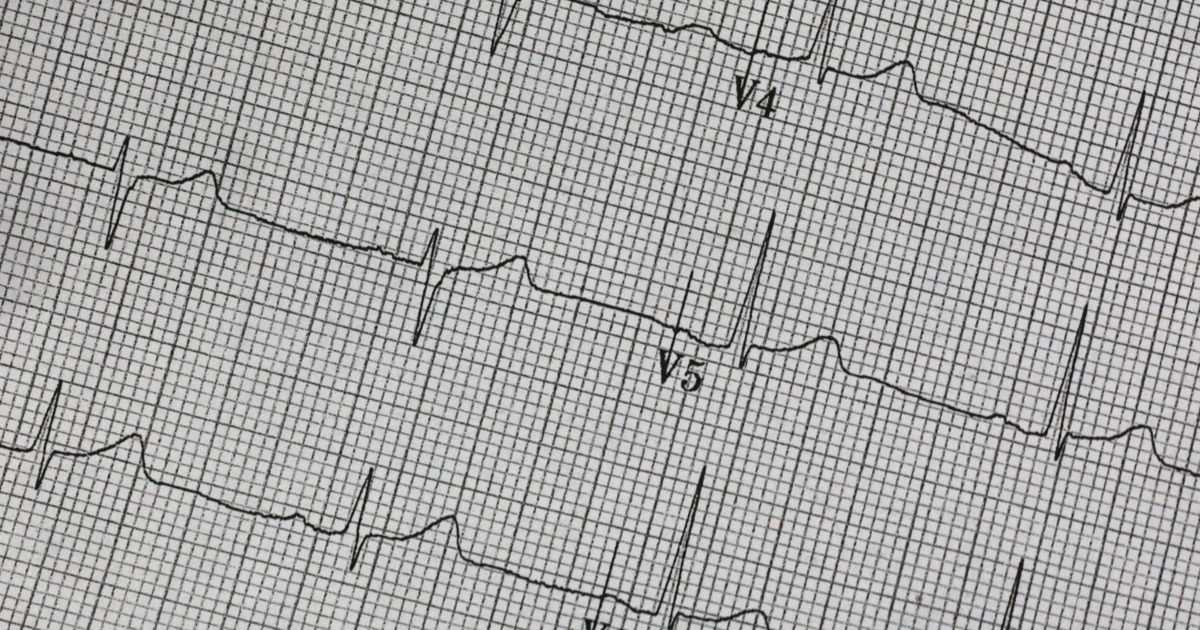A nivel mundial la prevalencia de diabetes en adultos es 9,3%, y afecta a más de 436 millones de personas.
Las estimaciones actuales de la prevalencia de diabetes a nivel global no son del todo precisas, ya que existen millones de pacientes sin un diagnóstico de diabetes. Además, la diabetes esta precedida por la prediabetes, por lo que existen también millones de personas que son propensas a desarrollar diabetes, pero también a prevenir la diabetes de manera eficaz.
En este sentido al igual que en otras enfermedades crónicas, es importante desarrollar estrategias y herramientas de salud pública para la detección temprana de prediabetes y diabetes. La detección de diabetes y prediabetes se basa principalmente en la medición de glucosa en sangre y las concentraciones de hemoglobina (HbA1c). Ambas pruebas suelen ser invasivas y difíciles de implementar en entornos de bajos recursos, lo que dificulta la detección de estas afecciones.
En este sentido, con el fin de desarrollar una estrategia sencilla de implementar, para el diagnóstico temprano de estas condiciones, investigadores en India presentaron un modelo de machine learning, combinado con las características no invasivas del electrocardiograma (ECG).

The study published in BMJ Innovations, utilizó datos del otro estudio sobre diabetes realizado en familias de Pagpur, India, población perteneciente a la etnia sindhi, el cual utilizó la prueba de tolerancia oral a la glucosa y la estimación de HbA1c, ambas invasivas. El conjunto de datos incluyó información clínica de 1,262 personas y 10,461 latidos cardíacos alineados en el tiempo registrados digitalmente.
“Se realizó un sobremuestreo minoritario para equilibrar el conjunto de datos de entrenamiento antes del inicio del entrenamiento. Se usó el refuerzo de gradiente extremo (XGBoost) para entrenar el clasificador que usó el ECG procesado por señal como entrada y predijo la pertenencia a las clases de “sin diabetes”, prediabetes o diabetes tipo 2”, explica el estudio.
La prevalencia de diabetes tipo 2 y prediabetes fue de 30% y 14%, respectivamente. Asimismo, el conjunto de prueba independiente, utilizó el algorithm DiaBeats, que predijo las clases de diabetes. Según la morfología de los latidos, el machine learning detectó diabetes y prediabetes con una precisión del 97%, una recuperación del 96% y una puntuación F1 del 96%.
“El algorithm DiaBeats basado en machine learning que utiliza datos de señales de ECG predijo con precisión las clases relacionadas con la diabetes. Este algorithm puede ayudar en la detección temprana de diabetes y prediabetes después de una validación sólida en conjuntos de datos externos”, concluyen los autores.
Los investigadores explicaron que DiaBeats puede utilizarse para estratificar a las personas según su riesgo de diabetes y prediabetes, además es ideal para replicarse en entornos de bajos recursos.
Consult the full study by clicking on the following link:
https://innovations.bmj.com/content/early/2022/07/06/bmjinnov-2021-000759







